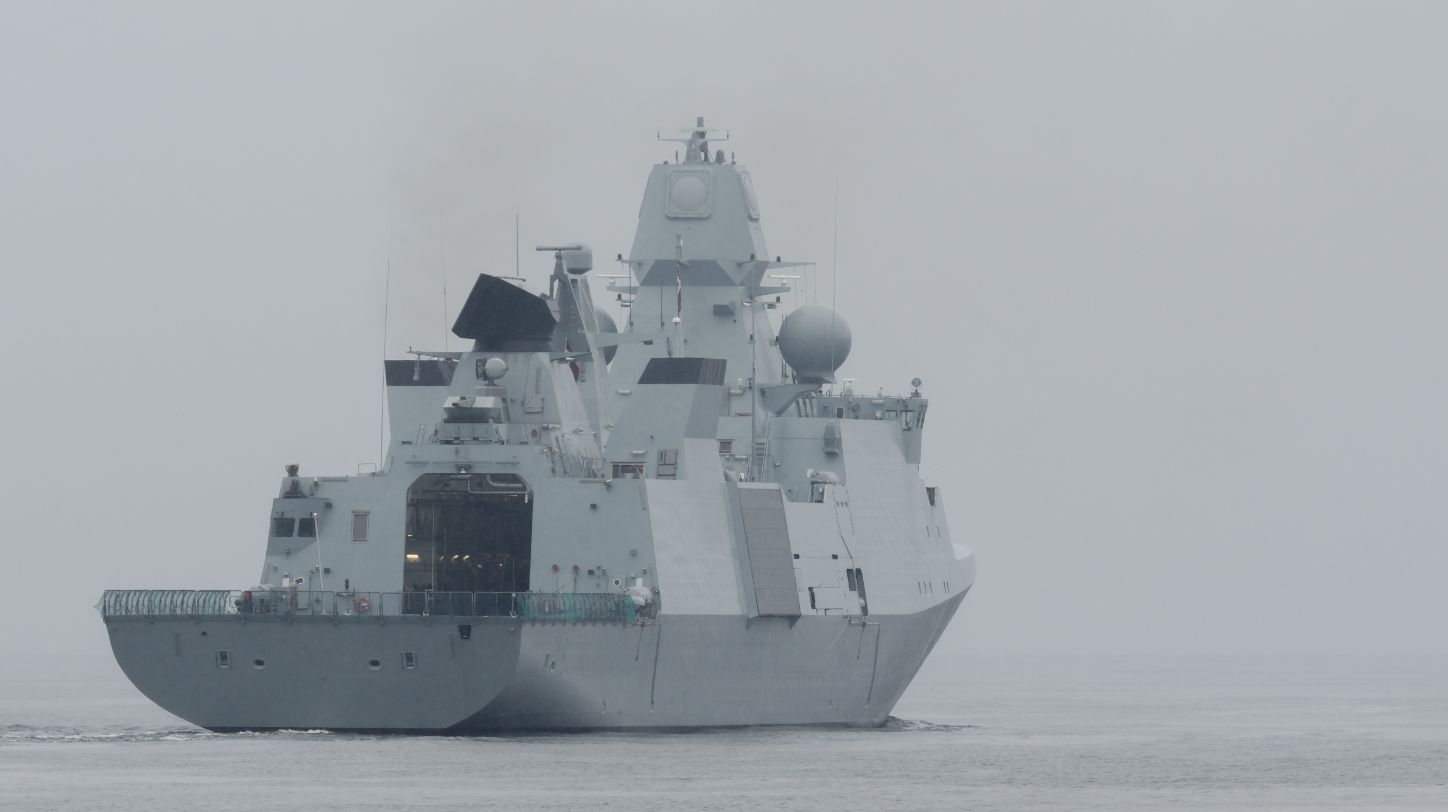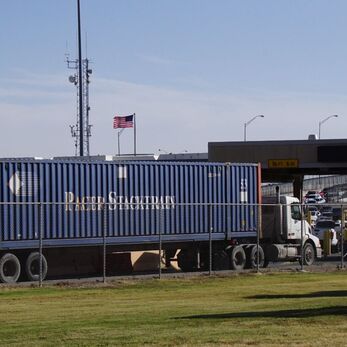Denmark faced a critical situation on Thursday [4 April] as it was forced to shut down a major shipping lane and nearby airspace due to a malfunction in a missile launcher onboard a naval vessel.
The incident reportedly occurred during a naval exercise near the Great Belt strait off the coast of Denmark.
The Danish military issued a warning advising vessels to steer clear of the affected area due to the risk of “falling missile fragments.” The closure, which reportedly lasted approximately six hours, disrupted maritime traffic in one of the world’s busiest sea lanes, causing concerns among shipping companies and authorities alike.
The malfunctioning missile launcher was located on the Niels Juel frigate, which has been part of NATO’s standing naval force since 2023. According to the Danish military’s statement, the problem arose “during a mandatory test where the missile launcher is activated and cannot be deactivated.”
While the missile itself was not armed, containing only a booster, there was still a significant danger posed by the malfunction. Danish authorities emphasised that the booster, if activated, could propel the missile several kilometres away, posing a threat to passing vessels and nearby airspace.
Efforts were made to resolve the issue swiftly, with specialists deployed to address the malfunction and ensure the safety of the area. The Danish Defence Ministry confirmed that the booster was disabled, eliminated the risk of an accidental launch.
According to a BBC article, the incident comes at a sensitive time for Denmark’s navy, following the recent dismissal of Gen Flemming Lentfer, the chief of defence, for failing to report a malfunctioning weapons system on another Danish frigate in the Red Sea. The Iver Huitfeldt, deployed to protect commercial sea traffic from Houthi attacks, experienced radar and missile systems failures during an encounter with a Houthi-controlled drone.
As Denmark works to address the aftermath of these incidents, concerns over maritime security and the reliability of naval equipment remain at the forefront.









